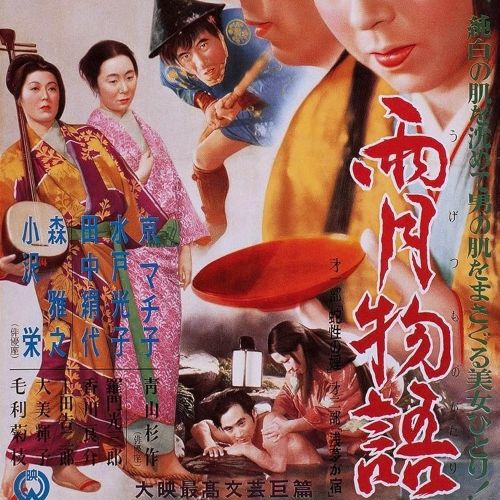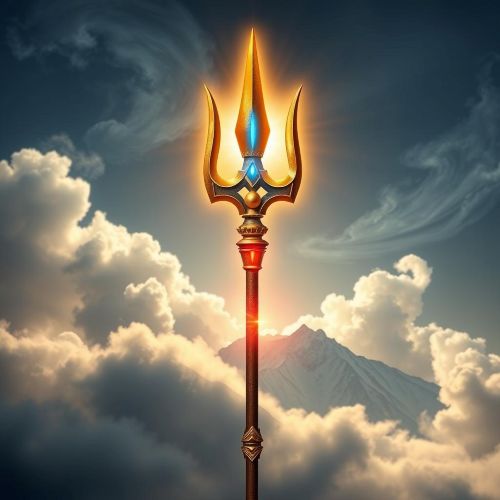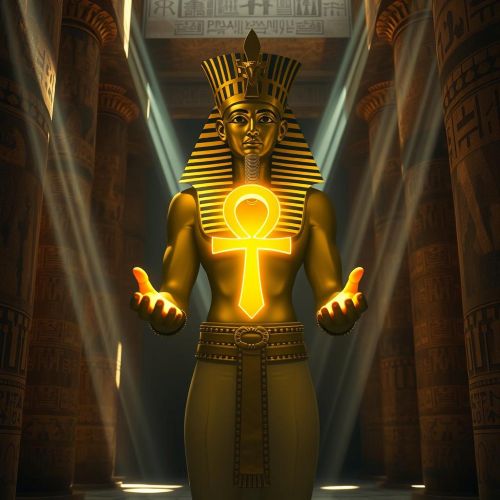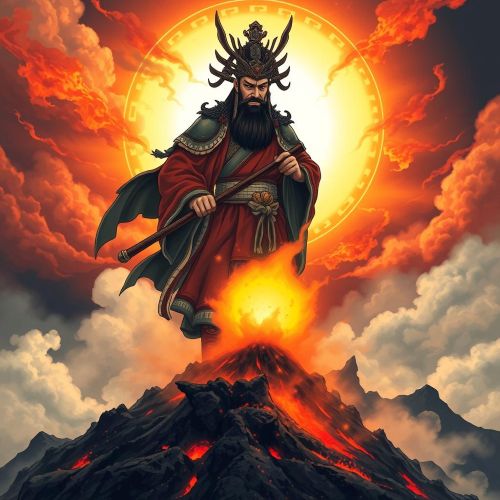From Nuwa to Pangu: Exploring Chinese Creation Myths
In the vast expanse of Chinese mythology, creation stories are woven into the fabric of cultural identity, offering profound insights into the origins of the universe and humanity. Among the myriad tales, two prominent figures stand out in the pantheon of Chinese creation myths: Nuwa and Pangu. Exploring these narratives not only unveils the rich tapestry of beliefs but also sheds light on the fundamental principles that have shaped Chinese culture for millennia.
Nuwa: The Divine Creator
At the heart of many Chinese creation myths lies the divine figure of Nuwa, a goddess endowed with both creative and nurturing powers. According to one variation of the myth, in the beginning, chaos reigned, and the heavens and the earth were in disarray. It was Nuwa who, with her celestial brush, painted order into existence. She molded humans from clay, breathing life into them, and thus became the mother of humanity.
Nuwa’s creative prowess is often symbolized by her repair of the broken pillars that supported the sky. Legend has it that the pillars, representing the balance between heaven and earth, had crumbled, causing catastrophic floods and earthquakes. In a bid to save her creations, Nuwa melted five-colored stones to mend the pillars, restoring harmony to the cosmos.
This creation myth reflects Chinese cosmology’s emphasis on balance and harmony, concepts deeply ingrained in traditional Chinese philosophy and cultural practices such as feng shui and yin-yang principles.
Pangu: The Cosmic Weaver
As the narrative threads of Chinese creation myths continue to weave, another significant figure emerges – Pangu. Unlike Nuwa, Pangu represents a more cosmic and primordial force. According to this myth, in the beginning, the universe existed as a chaotic cosmic egg. Pangu, a giant with extraordinary strength, emerged from the egg, wielding a massive axe.
Driven by a powerful desire to bring order to the chaos, Pangu set about creating the world. He separated the earth and sky, using his immense strength to hold them apart. As he toiled, each day the space between earth and sky expanded, and each night Pangu’s body grew. After thousands of years, Pangu’s work was complete, and he peacefully rested, eventually becoming the mountains, rivers, and all living things.
Pangu’s myth embodies the cyclical nature of creation and destruction, mirroring the Chinese belief in the eternal cycles of yin and yang. This concept of cyclical regeneration is echoed in Chinese cultural practices, such as the celebration of the lunar new year, where families come together to usher in a new cycle of prosperity and harmony.
Connecting the Threads
Although Nuwa and Pangu represent distinct creation myths, they are not mutually exclusive. In fact, Chinese mythology often intertwines these narratives, presenting a harmonious blend of cosmic and earthly forces. Nuwa’s creative acts and Pangu’s cosmic weaving together shape the intricate tapestry of Chinese creation beliefs.
Furthermore, these myths highlight the importance of balance, both in the physical and metaphysical realms. Whether through Nuwa’s delicate craftsmanship or Pangu’s cosmic endeavors, the underlying theme is the equilibrium of opposites. This balance is reflected not only in the natural world but also in the intricate social and ethical frameworks that have shaped Chinese civilization.
Cultural Significance
The enduring resonance of Chinese creation myths in contemporary culture cannot be overstated. These narratives have left an indelible mark on various aspects of Chinese life, influencing art, literature, philosophy, and even governance.
Artists throughout history have drawn inspiration from these myths, creating masterpieces that capture the essence of Nuwa’s creative spirit or Pangu’s cosmic dance. Traditional Chinese ink paintings, sculptures, and literature often incorporate elements from these creation stories, serving as a testament to their enduring cultural significance.
Moreover, Chinese philosophy, rooted in the principles of harmony and balance, has been shaped by the profound insights embedded in these creation myths. Concepts such as Confucianism and Daoism find resonance with the themes of balance, order, and cyclical regeneration presented in these ancient tales.
From the celestial brushstrokes of Nuwa to the cosmic dance of Pangu, Chinese creation myths offer a captivating glimpse into the origins of the universe and humanity. These narratives, while diverse in their representations, share a common thread – the pursuit of balance and harmony. As we unravel the tapestry of Chinese creation myths, we discover not only the roots of cultural identity but also timeless principles that continue to shape the Chinese worldview. In exploring Nuwa and Pangu, we embark on a journey through the cosmic and earthly realms, witnessing the eternal dance of creation and the enduring legacy of ancient wisdom.






